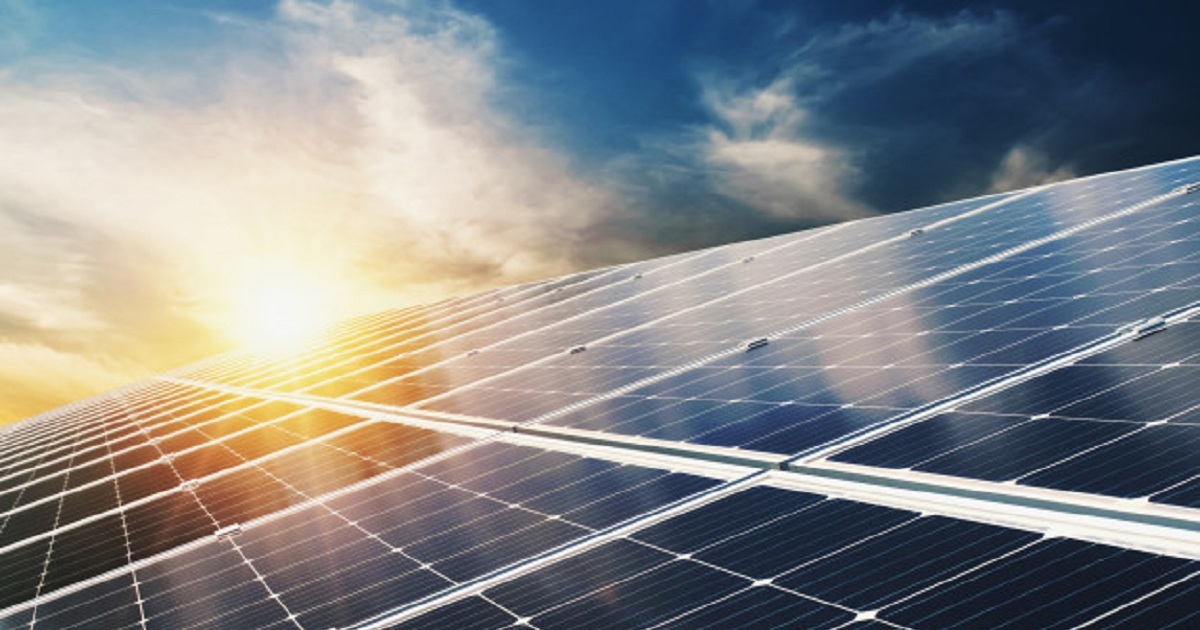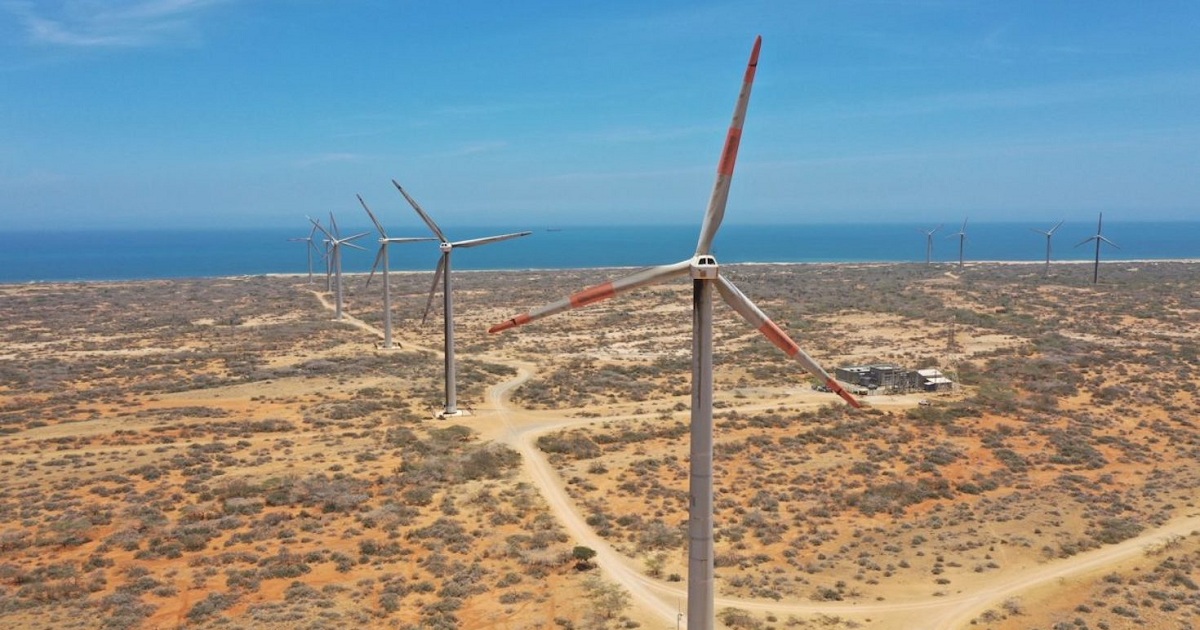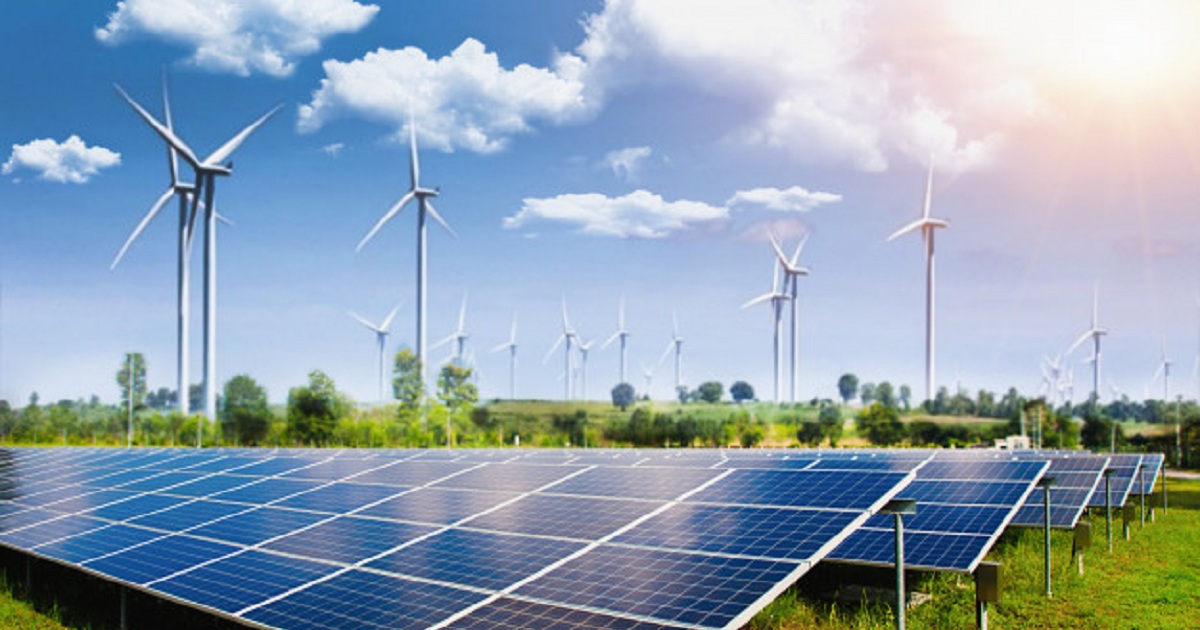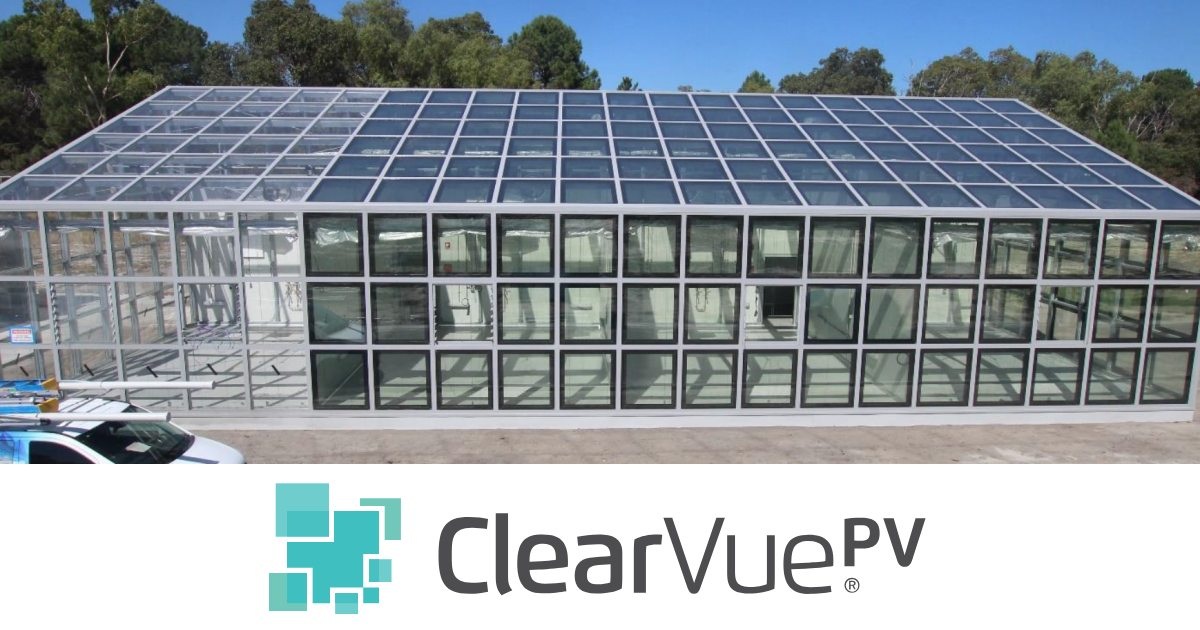
Strategy and Best Practices, Energy
Article | July 27, 2022
For anyone who has owned solar panels in the past, or even many considering solar power installation in the near future, it’s generally understood that direction is important in this field. Specifically, the ability of solar panels to point south, where they will receive the maximum possible sunlight and therefore create the maximum amount of energy, is vital for many solar panel installations – but it’s important to realize that the simple direction of the panels is not the only important variable here.
At Intermountain Wind & Solar, we’re happy to offer both commercial and residential solar panel installation services, including the utilization of the Tesla Powerwall battery backup. We assist our clients with every part of solar panel installation, including important directional and related themes that will play a role in how much sunlight your panels are able to soak up. Today we’ll focus on some of the important variables here, including why south-facing panels are the optimal approach plus several other basic factors to keep in mind when it comes to maximizing panel positioning and direction.
Read More

Solar+Storage
Article | June 8, 2022
It all started about four years ago, when SUVs and pickup trucks drove uninvited onto their lands, remembers Olimpia Palmar, a member of the Indigenous Wayúu peoples, who historically have occupied the La Guajira desert in northern Colombia and Venezuela. "We started seeing these arijunas [Wayuúunaiki for non-native peoples] wearing construction helmets and boots and vests, getting out of the cars, checking the desert, and then leaving," she recalls.
Word soon began circulating across the Guajira Peninsula, from the rancherías — the community’s rural settlements — to the few urban centers: The arijunas were offering money to those who would let them plant tall, slim towers on their lands to measure the wind. On La Guajira’s dusty earth, where few things grow, towers began to sprout. By 2019, at least 30 wind-measuring towers had risen on Wayúu land, according to a report by Indepaz, a nonprofit research center.
Read More

Energy
Article | July 16, 2022
Energy is an important feature in the economic and political development of a country. In developed nations like the USA, energy expansion has now reached a point where renewable energy sources also play a large part in the production of electricity.
To meet the energy demands of the country, most production of renewable energy comes from fossil fuels and other non-renewable energy sources.
Around 25% of the world’s energy is generated with renewable energy resources- mainly solar, wind, hydropower, and in some cases, geothermal. It is one of the fastest-growing electricity sources.
Renewable energy is collected from resources that are abundantly available in the environment, like the sun or wind. There has been a growing interest in renewable energy production as fossil fuels are depleting. In most parts of the world, renewable energy has become a primary source of energy production.
Renewable energy is preferred as they produce fewer greenhouse gases than non-RE sources. There are several other advantages to renewable sources like lower carbon emissions, reduced air pollution, and other socioeconomic benefits.
However, unlike non-RE sources, there are challenges in renewable energy like economic, political and regulatory barriers, structural, social, and technical challenges which require advancement in technology, and a heavy investment with a proper understanding of obstacles it faces. Some obstacles are due to technology associated with renewable energy, whereas others are because of policies, marketplace, regulations, and infrastructure.
Impact of Covid-19
The Covid-19 pandemic has brought the world to a grinding halt. It has severely impacted individuals and businesses alike, with many of the latter being closed down permanently. Similarly, the pandemic has also impacted the expansion of clean energy systems by forcefully curbing any investments.
The technology and adoption of renewables have been making uneven but sure progress. The global pandemic has slowed down this development. According to International Energy Agency, the global share of electricity supply from renewables had reached 28% in 2020 from 26% in 2019, but the growth is expected to slow down further. The total energy supply is set to reduce by 13% from 2019. This substantial decline can be attributed to supply chain disruptions, lockdown, and emerging financial problems. Transport biofuel production and renewable heat consumption are projected to decline due to lower industrial activity.
Governments have an opportunity to promote and accelerate the use of clean energy by incentivizing building, technology, and infrastructure across the country. This would be crucial to rebuilding the economy, create jobs, and build efficiency.
Capital Costs and Investment
The most obvious challenge of widespread adoption of renewables is cost, predominantly infrastructure costs like building and installing solar and wind power plants. Although it is quite cheap to operate and maintain solar and wind power plants, installation becomes more and more expensive.
Over the last few years, even though the prices of installation of solar panels has fallen significantly, it remains higher than non-renewables. On average, a 2-kilowatt solar panel system costs $4,159 after tax credits, whereas the capital cost of a gas-fired power plant would cost lesser than that.
In the last two years, investment in renewables has increased, but that is only because the investments in fossil fuels have been rapidly falling. Clean energy investments still fall short of what is necessary to convert into a more sustainable future. To ensure continuous investment in sustainable energy, policymakers have to focus on short investment turnaround, focus on rapid environmental gains favoring cleaner energy generation.
Power on demand
One of the most significant challenges of renewables is the ability to provide power on demand. In the case of solar power, you only get energy during the day and only when it is sunny. As for wind energy, power is generated only when it is windy. There is an intermittent generation of power in renewables which wouldn’t be a problem if there were appropriate energy storage solutions. The biggest test in providing power on demand is storage. Even if homes, businesses, or states install wind energy systems or solar panels, storing the generated energy is still an unsolved issue.
Opponents of renewable energy highlight the reliability factor on solar and wind to augment support for coal, gas, and nuclear plants, which provide baseload power. This argument is used by lobbyists to drive out investment into renewables, thus becoming a barrier to widespread adoption of wind and solar energy.
Location challenges
Renewable energy plants have grids that require a large area of land. It can be unappealing to customers to switch to renewable energy sources as it is conditional depending on the size of the land. Not all states and regions are apt to build solar panels or have wind turbines as they are dependent on the geographical location. For example, building solar panels in California makes more sense than building them in New York as the former has an abundant supply of both sun and land.
Renewables operates on what is known as a decentralized model. In a decentralized power plant, small generating stations are spread across a larger area that works collectively to deliver power. In the case of coal, nuclear power, or natural gas, they are highly centralized and depend on fewer high output power plants.
Siting
Decentralized systems prove to be a problem for siting and transmission of energy created by solar or wind. Siting is needed to move blades or solar panels to large pieces of land. To do so requires to draw up contracts, negotiate, acquire permits, or build community relations; all of this can delay or kill a renewable project even before it begins.
Businesses can incur additional charges due to demand and delivery which seems like a significant challenge for them. Utility services apply these charges to recover costs of purchasing energy and maintaining power lines and energy lost in the transmission system. Moving power sources closer to your business will help you avoid such preventable expenses.
Transmission
The next challenge to overcome in renewables is the transmission of generated electricity. Transmission means the transfer of electricity from where it is generated to where it is consumed. Most transmitters that exist in this day and age are built for coal and other fossil fuels and not renewables. To make things easier for transmission of clean energy, there needs to be a significant infrastructure and technological development, which cost a lot of money.
Making the economics work with financing and siting can prove costly for developers and customers alike.
Policies and Regulations
Unfortunately, the fossil fuel industry is backed by multi-billionaires who wield a considerable amount of political influence. This severely affects the chances of expansion for the renewable industry. Industry experts estimate that the USA spends upwards of $60 billion on subsidies for fossil fuels every year. The taxpayers have helped fund the industry’s research and development, drilling, mining, and generation of electricity. Renewables like wind and solar enjoy much lesser subsidies and political backing. The fossil fuel industry has used its enormous power to spread misinformation about climate change.
To increase public interest and investment in renewables, there need to be clear and concise legal procedures and regulatory policies. Having proper regulations in place creates a stable environment for investment and overcome hurdles and can anticipate the revenue streams. Large-scale renewable energy projects require a large amount of capital which is hindered by the failure of proper policies that fail to attract private players.
Frequently Asked Questions
What is a major challenge with using more renewable energy?
Renewable energy is competing with fossil fuels and nuclear technology. Other major challenges include underdeveloped infrastructure and lack of economies of scale.
What are the benefits of using renewable energy?
Some benefits of using renewable energy are lower energy costs, reduction of emissions, massive positive impact on environment, and marketing opportunities for businesses.
Is renewable energy cheaper than fossil fuels?
Fossil fuels are subsidized which makes it cheaper at the beginning. However, renewables get cheaper to maintain over the years hence making it cheaper than fossil fuels.
What is the cheapest source of renewable energy?
Solar PV and on site wind are the cheapest sources of renewable energy sources.
{
"@context": "https://schema.org",
"@type": "FAQPage",
"mainEntity": [{
"@type": "Question",
"name": "What is a major challenge with using more renewable energy?",
"acceptedAnswer": {
"@type": "Answer",
"text": "Renewable energy is competing with fossil fuels and nuclear technology. Other major challenges include underdeveloped infrastructure and lack of economies of scale."
}
},{
"@type": "Question",
"name": "What are the benefits of using renewable energy?",
"acceptedAnswer": {
"@type": "Answer",
"text": "Some benefits of using renewable energy are lower energy costs, reduction of emissions, massive positive impact on environment, and marketing opportunities for businesses."
}
},{
"@type": "Question",
"name": "Is renewable energy cheaper than fossil fuels?",
"acceptedAnswer": {
"@type": "Answer",
"text": "Fossil fuels are subsidized which makes it cheaper at the beginning. However, renewables get cheaper to maintain over the years hence making it cheaper than fossil fuels."
}
}]
}
Read More

Solar+Storage
Article | April 20, 2021
A high-tech greenhouse comprised mainly of solar glass generating electricity to help run it was officially opened yesterday in Western Australia.
ClearVue Technologies Limited’s solar glass involves a nanoparticle interlayer and spectral-selective coating on the rear external surface that enables 70% of natural light to pass through while redirecting infrared and UV light converted to infrared to the edge where it is harvested by solar cells. ClearVue says each 1m2 of its window product is currently rated to generate 30 watts-peak of electric power, but also mentions a new-generation product with the proven ability to generate 40 watts peak per m2 to be available sometime this year.
Read More